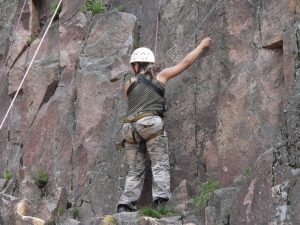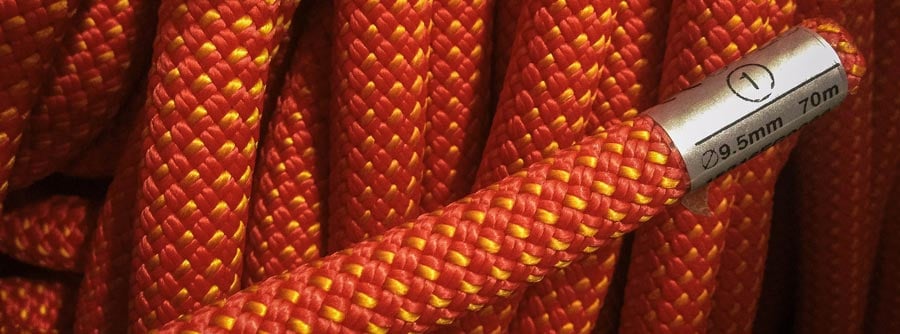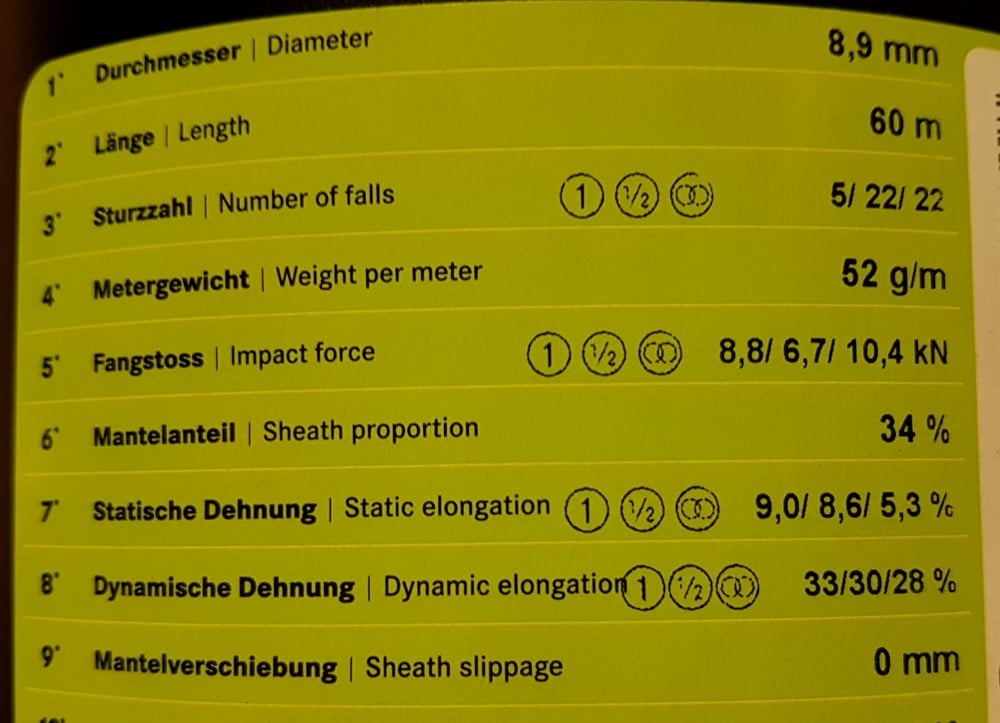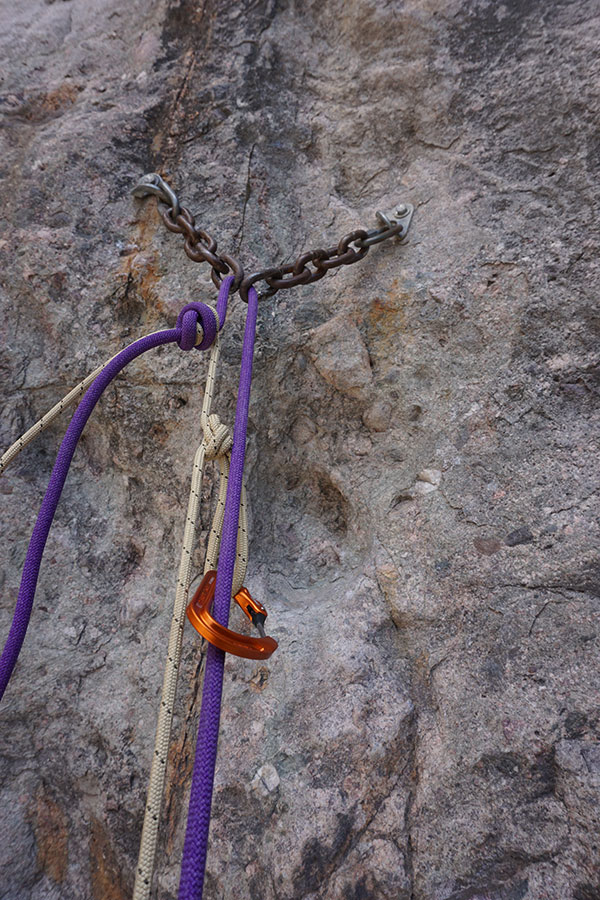Static Or Dynamic Rope For Top Roping
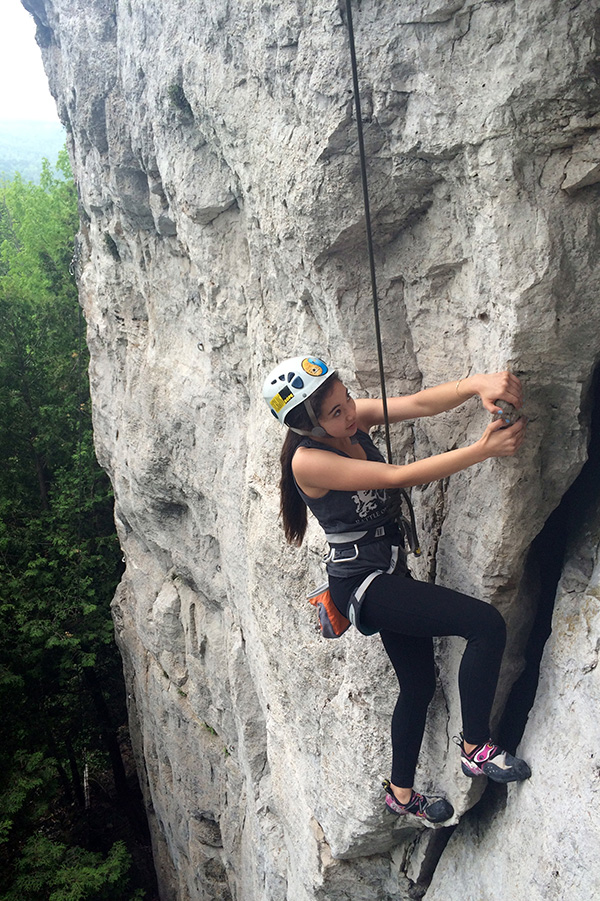
When selecting a rope for heavy top roping use a large diameter 10mm static rope or low stretch rope is recommended for the anchors to prevent rope wear and reduce rock erosion and to ensure maximum safety in the event of a fall.
Static or dynamic rope for top roping. While dynamic ropes are frequently used at climbing gyms many indoor climbing gyms do use semi static ropes for top roping. Additionally dynamic ropes have a 5 10 static elongation which is the amount of stretch in the rope when weighted. A dynamic rope should be used for the climbers. Most dynamic ropes have a 30 40 dynamic elongation which is the amount of stretch in a fall.
Some climbers use a static rope for top roping because they tend to last longer and the dynamic feature is not usually necessary when top roping. If you are looking for a dynamic rope for climbing you ll have. You will typically use an 8mm to 10mm diameter static rope or static line to build an anchor. In some situations such as rescue big wall rappelling and canyoneering a rope that has low static elongation is ideal.
However they can be used to set up an anchor for top roping. Never use static ropes for top roping or lead climbing as they are not designed tested or certified for those types of loads. In static ropes it is less than 5. These ropes tend to typically have a dynamic stretch of three point five percent.
Many of the ropes commonly used in gyms are marketed as low stretch ropes. They have the advantage of having low stretch and are very resistant to abrasion yet remain flexible and lightweight. It is important to arrange the anchor system in such a way. This is because stretchy ropes will rub over any edges creating undo wear or dangerous situations.
What is the best belay device for top roping. Climbers should only use dynamic ropes for climbing. They provide an in between option between static vs. Static ropes are meant for building top rope anchors rappelling hauling loads doing rescue work pulling cars from ditches etc.
Static ropes with a diameter smaller than 8mm are referred to as accessory cords. Many gyms use semi static ropes for top roping. The main difference between a static rope and a semi static rope is the amount of stretch. So if you are top roping sport trad.
You can however top rope much more easily with a semi static rope. Semi static ropes are designed for caving canyoning rope ascent or hauling as well as for bolting a route.
